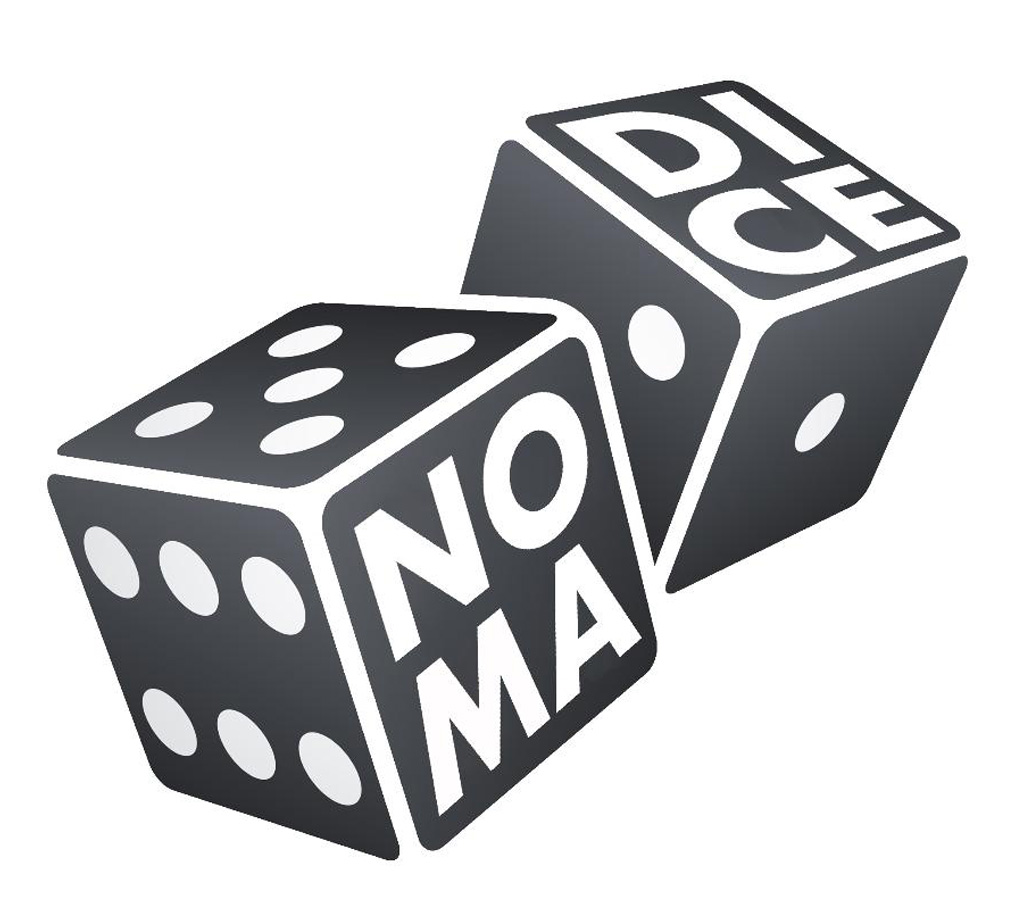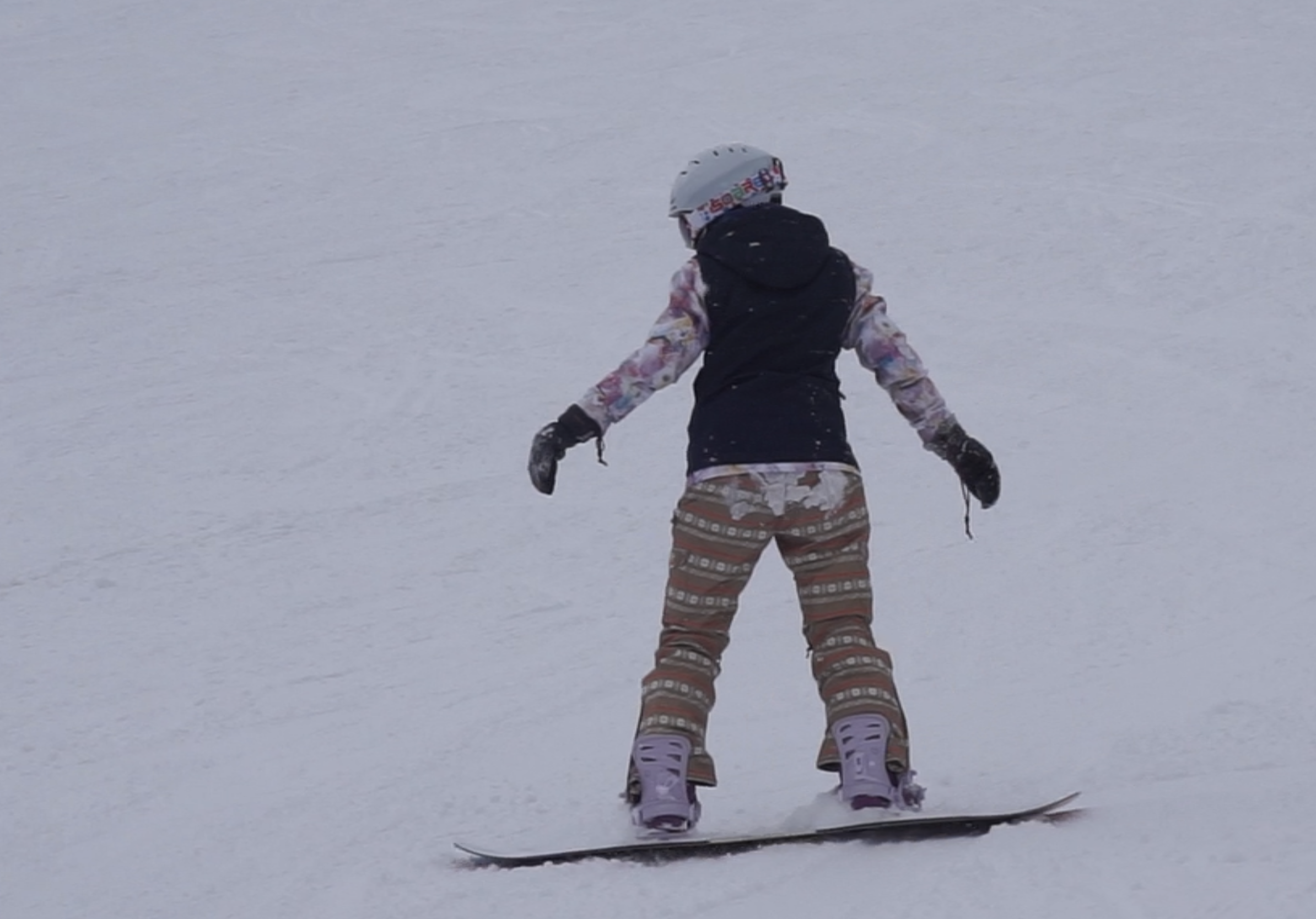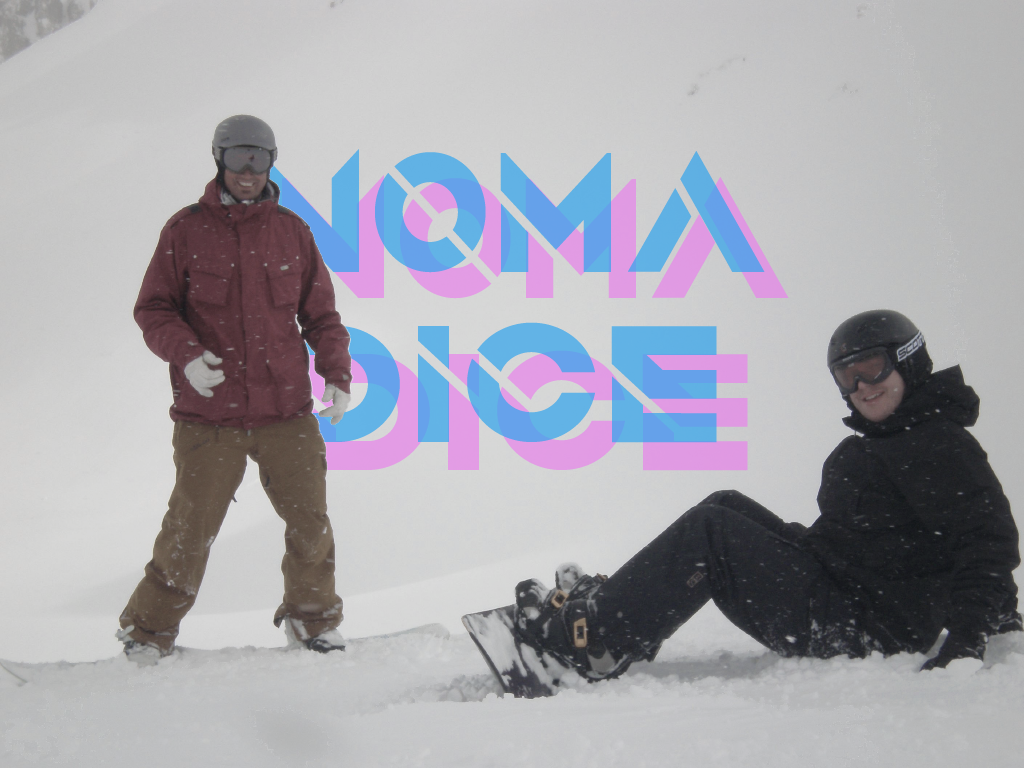
Getting Started with Snowboarding: What You Need to Know...
Nomadice - Richie Webb

Getting Started with Snowboarding: What You Need to Know
When the first snow starts falling on the mountains, the slopes call out to adventure seekers. If you're a contemplating strating your snowboarding journey, being in the mountains, specialist equipment, and learning the lingo can be quite daunting. Yet, with the right knowledge and guidance, snowboarding can be an exhilarating experience. Here’s a beginner's guide to help you get started on your snowboarding adventure.
1. The Basics:
Snowboarding, at its heart, is about balance, coordination, and stoke. If you're wondering about terms like 'heel side edge' or who is 'goofy', you're not alone. As with any sport, there's a bit of a learning curve to start with, but soon you'll get familiar with the lingo and techniques. The initial challenge often lies in standing up on a slope with both feet strapped in. But don't worry, with practice, this will become second nature. One of the biggest rushes you will get is going sideways like many board sports our bodies are used to moving forwards and our senses know this familiar feeling. As you learn to ride you will sometimes shock your senses with new sensations which will no doubt get the adrenaline pumping, the heart racing and the smile growing - welcome to stoke.
2. Preparing Your Body:
Before you head out for your holiday or time in the mountains try and get active if not already. The first few days on the snowboard you will find some new muscles and like with learning any new movement you will use some energy. Having said that you don't need to be Arnold Schwarzenegger, in fact snowboarding requires more subtle muscle groups and balance.
Strength and flexibility are essential for snowboarding. To prepare your body for the slopes, focus on exercises that target your legs, glutes, and core. Squats, lunges, calf raises, planks, and sit-ups are recommended. For those who aren’t gym enthusiasts, vinyasa yoga can be a beneficial pre-season workout. It offers core strengthening and flexibility exercises that will be invaluable on the slopes. While crossover board sports like skatboarding or surfing do help odd sports like horse riding or wrestling or even those who ride motorbikes have proved useful training.
3. Gear Up:
These days you can rent decent snowboard equipment around the world. There are less and less bad rental snowboards knocking around. If you are already sold on buying I would still recommend buying in resort the first time or from a shop near to where you live that you can get advice in person. Your body type will really impact what you buy. However first time if you were to buy one piece of equipment it would be boots. Boards and bindings even if you want to ride a flash setup can always be rented in resort so you look less like a beginner. For further advice on equipment see FAQs on Snowboard Equipment.
Things I have seen guests comment on that they wished they had were waterproof pants as jeans and joggers no good. A belt, odd one but you will be moving a lot and nothing sucks more than acing your first turns only for your snowboard pants to start falling down on the learners slope. Also if you are going to spend some money on gloves get a decent pair, cheap ski gloves will just soak up the melting snow as snowboarders touch the snow a lot when learning. If you are learning in spring or in the southern hemisphere pay attention to the temperature, as sometimes the slopes are not that cold. When you are learning you will get hot so use layers so you can balance your needs throughout the day. Finally make sure you have sunglasses and/or goggles these just make your day easier, if you choose not to then you will only end up wishing you had, snow in the eyes or getting headaches from the sun reflecting off the snow. Remember, quality gear is the difference between enjoying the slopes and being miserably cold.

4. Safety Comes First:
While snowboarding is thrilling, safety should always be your priority. Protective gear is not only for beginners; even experienced snowboarders wear helmets, impact shorts and other protective gear to keep them progressing. This gear will help prevent common injuries like bruised tailbones, sprained wrists, and other potential hazards. Given the speeds one can reach while snowboarding protection is paramount helps keep you riding for longer and minimises bruises. Todays equipment is both fashionable and functional so won't ruin your look when heading to the apres.
5. Hire an Instructor:
No doubt I am biased but if it's your first time, hire an instructor. They can provide tailored guidance, ensure you’re using the right techniques, and offer tips to make your experience enjoyable. You spend a lot of money and time getting to a ski resort why not maximise your time and enjoyment and get up and riding in less time with an instructor than spend your days trying to figure it out.
In conclusion, snowboarding is a fantastic winter sport that offers a unique blend of excitement and challenge. With the right preparation, gear, and mindset, you'll soon find yourself ripping down the slopes with confidence. So gear up, stay safe, and enjoy the ride!